I am stumbling upon a very strange situation unless I did something totally wrong in my measurement setup. Speaking of it, I've installed an acoustic measurement tool (REW) and measured for testing purposes an RC lowpass filter by using two mono audio jack cables attached to my external audio interface.
When I measure the frequency response of the audio interface itself (input connected to output), I get an almost flat curve:
So far, everything as expected. Actually I expected that the curve would go down at the lower end of the spectrum. But nowadays you can get apparently real good interfaces for a decent price.
Next I measured the following circuit with R = 47.2 Ohm and C = 957 nF, which I measured with my DMM and got the following curve:
The curve above tells me that the 3dB cuttof frequency is somewhere between 680-700 Hz, which totally not matches the calculated value of around 3.52 kHz.
So what am I doing wrong? Or what am I missing? It seems as if somewhere in the chain a hidden capacitance is existing.
P.S: Here is my breadboard setup:


